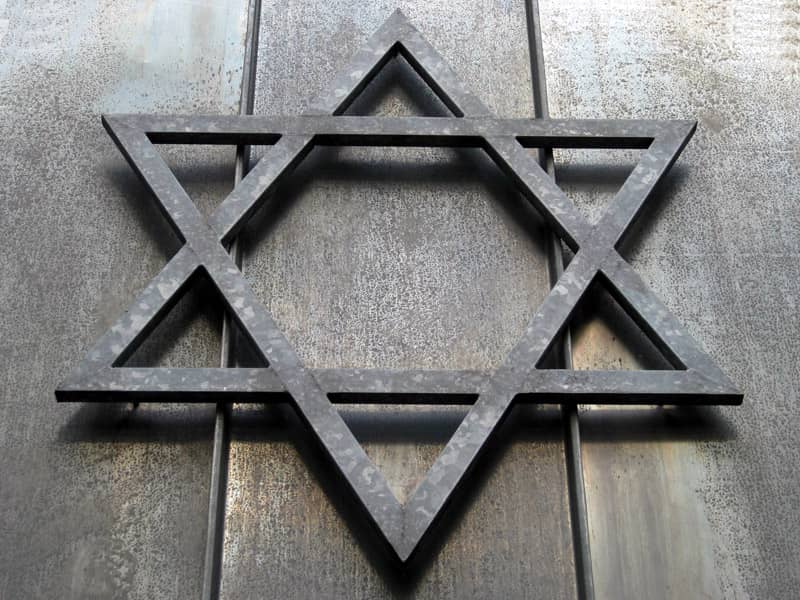First, we must explode one myth: the myth of classical Jewish solidarity. We romanticize the unity of our forebears. Jews have always suffered from internal divisions, at times far more drastic than today.
The Rabbis of the Talmud tell us that baseless hatred was responsible for the destruction of the Temple. This is more than rabbinic hyperbole; remember that the Romans, who eventually destroyed the Jewish state, were invited in because the Jews could not maintain peace among themselves. Once invited in, the Romans never left.
Though we do not like to recall it, Hanukkah is not only a triumph of freedom for Jewish practice. Hanukkah also recalls a war between different Jewish factions.
Inter-Jewish enmity did not end with the ancient world. The Middle Ages saw its share of divisiveness, and in the modern age the brutality of the rhetoric between Hasidim and mitnagdim (who regularly excommunicated each other and even burned each other's books) as well as the enmity between the traditionalists and the maskilim (enlighteners) is shocking. Even inside the same learned circles harmony did not always reign.
The great scholar Saul Lieberman was once asked whether there is any humor in the Talmud. "Yes" answered Lieberman, "the statement that scholars increase peace in the world."
In modern times the State of Israel has become the focus of these conflicts. When political capital is on the line, divisions take on a new resonance.
The unkindness to kin is what Freud called the narcissism of small differences. If a Buddhist practices something that is at odds with my faith, it does not threaten me. But when someone whose practice is very close to mine deviates, it touches on the integrity of my self and my practice.
That is one powerful reason why members of a group fight over differences which seem incomprehensible to those outside the group. Ethnic hatreds claim thousands of lives over distinctions so subtle as to seem absurd. It is rather like the Star Trek episode in which one race hates another because one is white on the left side of the face and black on the right, and the other is white on the right side of the face and black on the left.
Inter-group rivalries are an enduring part of the human condition. When you add political power, and the certainty on the part of some that they are standard bearers for what the Author of the Universe demands of us, the brew is incendiary at best, annihilating at worst.
Judaism has sought to minimize infighting in many ways. The tefillin (the leather straps and boxes worn in prayer) were taken to be symbolic: there are four compartments on the box affixed to one's head, a single compartment in the box affixed to one's arm. Tradition taught that the difference symbolized that although thoughts must be free, action must reflect solidarity. For much of Jewish history, repression coupled with ideology has led to a higher degree of solidarity than might otherwise be the case.
But this creative, contentious and ancient people has always fought and will always fight. What we need to regulate is not the fight but the forms it takes. Internal divisions will not likely destroy Judaism, but leave it weakened, and drive away many who might otherwise be attracted by the richness of its spiritual legacy.
Devotion to our history and sacred texts is a powerful common denominator. If we manage to produce an educated generation of Jews, Jews who understand our culture, the very different assumptions we make about that culture will not be determinative. What will matter in the end is what the Rabbis referred to as the many sided mirror of the Torah: even though to each of us it reflects a different face, each is a spark of the same God.

